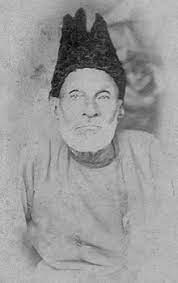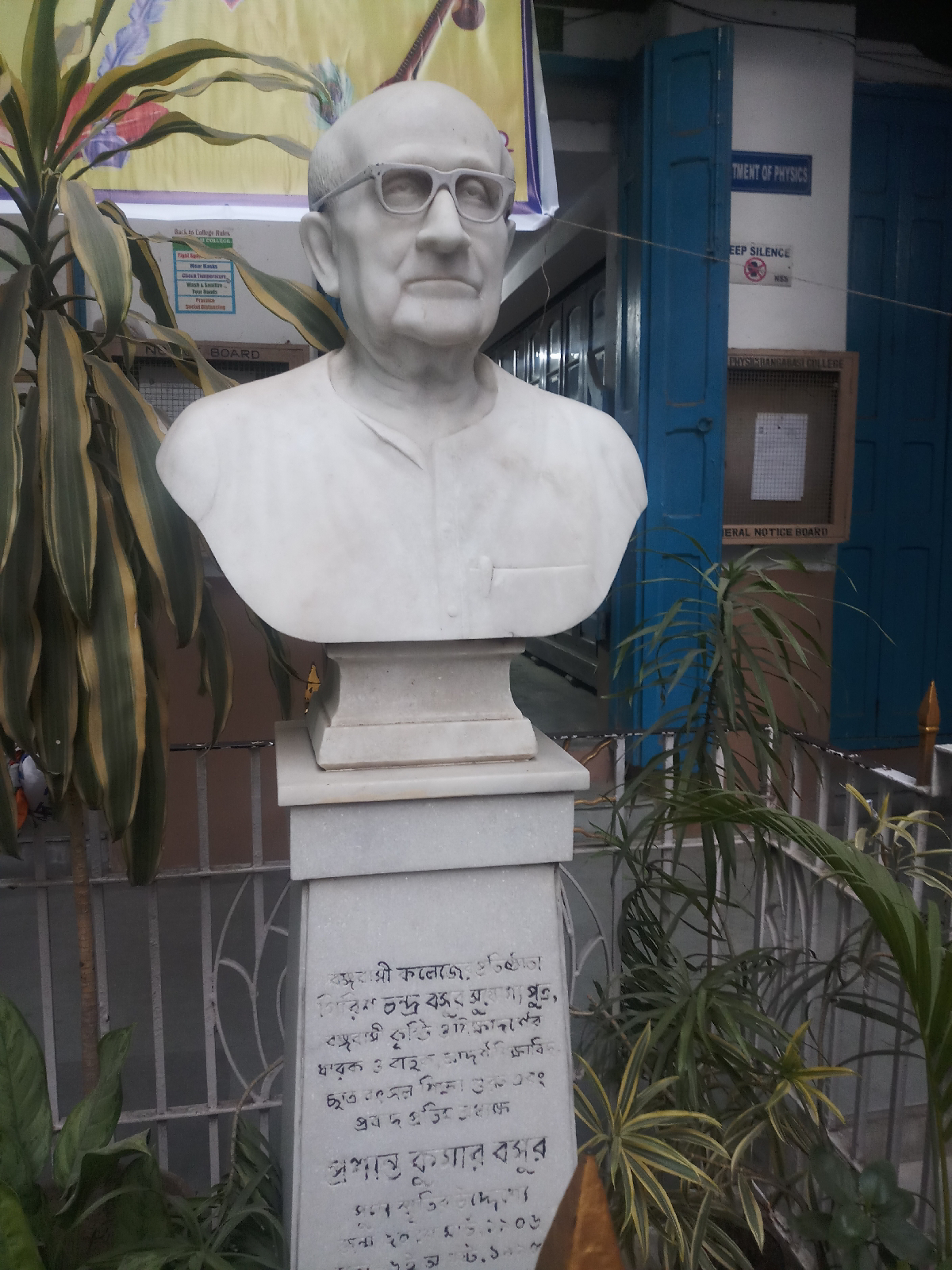John Elliot Drinkwater Bethune and his love for the world of flora
While residing at England, J. E. D. Bethune started taking keen interest on Indian education from the documents which reached him. He was convinced of the proficiency of the native students and the efforts of Government run institutions. Upon his arrival to India, Bethune started drawing attention of the Bengali men folk towards the necessity and benefit of women education. The refinement in taste of an educated woman was bound to enhance the quality of domestic life due to compatibility in intellectual capacity of the married couple. An educated mother plays pivotal role in shaping the intellect and moral faculties of her children during their formative years. Thus she lays a solid foundation in the character of the future citizens. The progress of a nation is largely the outcome of the degree to which the womenfolk exerted their refined mental influence on societal matters.1 Thus Bethune took upon himself to become instrumental in pioneering women education in India.
On 6th
November, 1876, at the occasion of acquisition of land jointly with Raja
Dakshinaranjan Mookherjee and laying the foundation stone of The Female School,
Bethune says “You have seen possession of this land symbolically given, by
delivering to us a young Asoka tree, which I hope that one of the ladies
present will presently do us the honour of planting in a conspicuous place, in
that which is intended to become the garden of the school. The choice of the
particular tree for that purpose has not been made unadvisedly, or without a
meaning. I am told that its Bengali name may not be unfitly paraphrased as “The
Tree of Gladness”. It is commended for this day’s ceremony not only by the
gracefulness of its foliage, and the surpassing beauty of its flowers, but also
because it is held in especial honour among Hindu women. I understand that
formerly they believed that by eating its blossoms, they should bring a
blessing on their children. It seemed to me therefore not an inappropriate
representation of an institution of the fruits of which they will indeed
consent to partake they will bring upon them the choicest blessings of which
our nature is capable.”1, 2 It was on this occasion that Bethune
declared that “the Asoka tree be made the symbol of female education in India,
and not only here but by every school which has been already established in the
villages round Calcutta in imitation of this, and near all those which shall
hereafter be multiplied in the land. I suggest that the Asoka tree be planted,
a new tree of liberty, to remind us of the bond of fellowship, which unites our
labours in one common sense.”1, 2 Today, the majestic tree stands
and the premises of Bethune College grandly displaying Bethune’s words on a
picturesque plaque.
The connection
between women and the Asoka tree (Saraca
asoka) can be traced back to Indian mythology where Goddess Sita after her abduction
chooses to stay in Asoka Vatika. The name translates to a-shoka meaning sorrow
less in vernacular language. Ayurveda prescribes bark of Asoka tree for
gynecological disorders by restoring
hormonal balance between estrogen and progesterone. Other beneficial roles
include curing of skin problems, helping in blood purification, lowering of
cholesterol and acting as cardiac tonic. The tall and conical ornamental tree
is also referred to as Asoka tree, but it is a different plant, Polialthia longifolia. In contrast the
medicinal Asoka tree has a broader canopy and orange flowers.3
Bethune’s interest
for floral nomenclature and documentation can be inferred upon from a few
evidences at hand. He observes that “European botanists have also selected this
tree to associate it with the memory of one whom England ever lent to India.
The Jonesia Asoka, for that is its botanical name recalls the name of the great
Sir William Jones one of the earliest who exerted himself to link together
learning of the East and the Western worlds, for his zealous untiring labours
in the universal spread of knowledge appeared to them to be fitly represented
by the elegant and exuberant beauty of this tree”.1, 2
From the Library
and Archives at Royal Botanic Gardens, Kew a correspondence between Bethune and
Sir William Jackson Hooker; the then director, can be retrieved dating back to 8th
February 1850. Bethune was keen in publishing the specimen maps of Berghaus' plant
geography in England and took upon himself the financial responsibility
collecting funds along with Mr. Hodgson and Sir James Colvile. At that time
Bethune was the president of The Calcutta School Book Society. He believed that
undertaking the publication of this important document in England would enhance
sale due to being associated with persons of repute such as Berghaus and
Humboldt. He further stated that the Indian copyright of the work be given to
himself, in trust for the Calcutta School Book Society. The English copyright
would belong to Hooker. In another correspondence dated 2nd June
1851 from Darjeeling, Hooper writes to Bethune that the work on Berghaus'
geography has been withheld as the later has not provided relevant information.
However, Bethune recollected that he had sent the botanical illustrations
(probably engraved on steel plates) to London by Captain Cavanagh, who
accompanied the Nipâl Ambassador addressing it either directly to Hooker or to
his brother Captain Bethune.4, 5. Bethune was amongst the few who
sought for the cultivation of the Indian mind by the light of education. He
believed that scholastic pursuits prepare one for life by inculcating practical
wisdom. His inclination towards
different branches of knowledge ranging from mathematics, metaphysics,
astronomy, logic, natural philosophy, foreign and vernacular languages stems
from his belief that “the attention of the learner shall be fixed exclusively
or almost exclusively on the truth taught, and little or not at all on the form
of the vehicle through which it is conveyed.”6

Sir J. E. D. Bethune 
Plaque at the Ashoka tree decorated on Bethune Day
References:
1 Bethune Commemorative
Volume 1976
2 The Bengal
Harkara and the Indian Gazette 9th November 1850
3 https://tdu.edu.in/ashoka-tree/
4 https://en.wikipedia.org/wiki/Heinrich_Berghaus
5 https://plants.jstor.org/stable/10.5555/al.ap.visual.kdcas424
6 Address at
Kisnagaur. General Report on Public Instruction, in the lower provinces of the
Bengal Presidency from1st October1850 to 30th September 1851.
Calcutta: F. Carberry, Bengal Militant Orphan Press. 1852.



Comments
Post a Comment